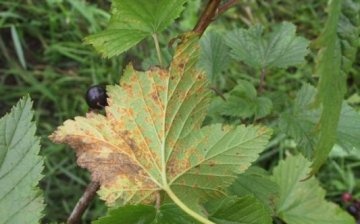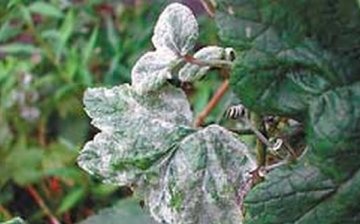Diseases of the currant
Diseases of currants become relevant when the rules of agricultural technology are violated. In a well-tended garden, there can be no such problems, since there are no suitable conditions for the occurrence of diseases.
An important condition for growing healthy currant bushes is the inadmissibility of their overgrowth. So, you should regularly and timely prune plants. And those branches and other parts of the plant that have been damaged must be burned. Autumn digging is of no small importance - this allows you to get rid of pests that have settled in the soil between rows.
Any diseases of currants require careful selection of control measures, which largely depend on the nature of the damage to the plant. Often these are fungal diseases that are characteristic of gooseberry bushes. Let's consider some of them:
- goblet rust affects currant leaves. This disease forms orange spots with spores, which spoil the appearance of the plant and lead to a decrease in yield;
- Terry currant is more dangerous, since this disease affects the bush as a whole. Terry can be easily identified by the abnormally narrow and small flower petals that do not form an ovary. The result of this disease is the absence of fruit, both on individual branches and on the bush;
- White spot appears in the form of grayish spots with a dark brown border. After a while, the spots on the leaves are covered with small black dots. The strong development of white spot leads to premature curling, drying and leaf fall.








